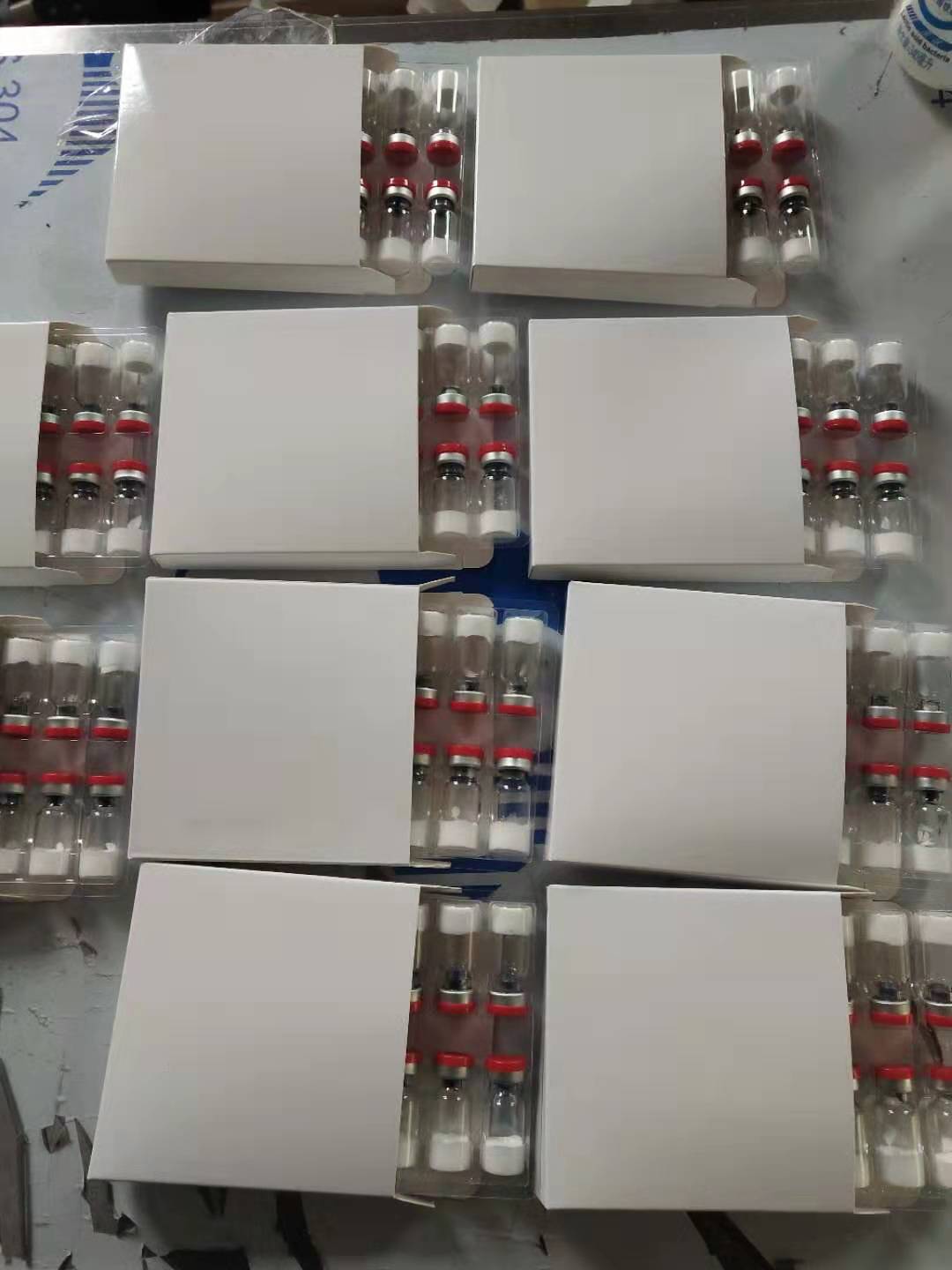
News
Jun . 13, 2024 04:24 Back to list
BPC-157, a 10mg dose, holds potential for healing.
Understanding BPC-157 A Comprehensive Look at the 10mg Dose
BPC-157, a peptide composed of 15 amino acids, has garnered significant attention in recent years due to its potential therapeutic benefits. This compound, also known as Body Protection Compound, is a part of the growing field of peptide research and therapy. In this article, we will delve into the specifics of BPC-157, focusing particularly on the 10mg dose.
BPC-157 was initially discovered in the stomach acid of humans, hence its classification as a gastric pentadecapeptide. It has shown remarkable properties in promoting tissue healing and regeneration, making it a promising candidate for injury recovery and anti-inflammatory treatments. The 10mg dose is one of the standard concentrations used in various studies and clinical applications.
The 10mg dosage of BPC-157 is often administered in a dissolved form, either orally or through injection. It is crucial to note that the efficacy and safety of this dosage depend on factors such as individual health conditions, age, and other medications being taken. As with any medical treatment, it's essential to consult with a healthcare professional before initiating BPC-157 therapy.
Research indicates that BPC-157 at this concentration exhibits positive effects on wound healing, accelerating the recovery process in muscles, tendons, and ligaments. It has also demonstrated potential in reducing inflammation, protecting against ulcers, and improving joint health. Furthermore, studies have suggested that BPC-157 may have neuroprotective effects, contributing to brain health Furthermore, studies have suggested that BPC-157 may have neuroprotective effects, contributing to brain health Furthermore, studies have suggested that BPC-157 may have neuroprotective effects, contributing to brain health Furthermore, studies have suggested that BPC-157 may have neuroprotective effects, contributing to brain health
Furthermore, studies have suggested that BPC-157 may have neuroprotective effects, contributing to brain health Furthermore, studies have suggested that BPC-157 may have neuroprotective effects, contributing to brain health bpc-157 10mg.
Despite these promising findings, more research is needed to fully understand the long-term effects and optimal usage of BPC-157. Current studies are primarily preclinical, and human trials are still in their early stages. Therefore, while the 10mg dose shows potential, it is not yet approved by major health regulatory bodies for general use.
It's important to emphasize that self-administration or the use of BPC-157 without medical supervision can lead to unforeseen side effects or complications. As with any emerging medical innovation, rigorous scientific evaluation is necessary to ensure both safety and effectiveness.
In conclusion, BPC-157, particularly in a 10mg dose, presents an intriguing prospect in the realm of regenerative medicine. Its potential to aid in tissue repair and alleviate inflammation has piqued the interest of researchers and healthcare professionals alike. However, further investigation is required to substantiate its therapeutic benefits and establish standardized protocols for its use. As science progresses, we may see BPC-157 become a staple in future treatments for a range of ailments.
bpc-157 10mg.
Despite these promising findings, more research is needed to fully understand the long-term effects and optimal usage of BPC-157. Current studies are primarily preclinical, and human trials are still in their early stages. Therefore, while the 10mg dose shows potential, it is not yet approved by major health regulatory bodies for general use.
It's important to emphasize that self-administration or the use of BPC-157 without medical supervision can lead to unforeseen side effects or complications. As with any emerging medical innovation, rigorous scientific evaluation is necessary to ensure both safety and effectiveness.
In conclusion, BPC-157, particularly in a 10mg dose, presents an intriguing prospect in the realm of regenerative medicine. Its potential to aid in tissue repair and alleviate inflammation has piqued the interest of researchers and healthcare professionals alike. However, further investigation is required to substantiate its therapeutic benefits and establish standardized protocols for its use. As science progresses, we may see BPC-157 become a staple in future treatments for a range of ailments.
 Furthermore, studies have suggested that BPC-157 may have neuroprotective effects, contributing to brain health Furthermore, studies have suggested that BPC-157 may have neuroprotective effects, contributing to brain health
Furthermore, studies have suggested that BPC-157 may have neuroprotective effects, contributing to brain health Furthermore, studies have suggested that BPC-157 may have neuroprotective effects, contributing to brain health bpc-157 10mg.
Despite these promising findings, more research is needed to fully understand the long-term effects and optimal usage of BPC-157. Current studies are primarily preclinical, and human trials are still in their early stages. Therefore, while the 10mg dose shows potential, it is not yet approved by major health regulatory bodies for general use.
It's important to emphasize that self-administration or the use of BPC-157 without medical supervision can lead to unforeseen side effects or complications. As with any emerging medical innovation, rigorous scientific evaluation is necessary to ensure both safety and effectiveness.
In conclusion, BPC-157, particularly in a 10mg dose, presents an intriguing prospect in the realm of regenerative medicine. Its potential to aid in tissue repair and alleviate inflammation has piqued the interest of researchers and healthcare professionals alike. However, further investigation is required to substantiate its therapeutic benefits and establish standardized protocols for its use. As science progresses, we may see BPC-157 become a staple in future treatments for a range of ailments.
bpc-157 10mg.
Despite these promising findings, more research is needed to fully understand the long-term effects and optimal usage of BPC-157. Current studies are primarily preclinical, and human trials are still in their early stages. Therefore, while the 10mg dose shows potential, it is not yet approved by major health regulatory bodies for general use.
It's important to emphasize that self-administration or the use of BPC-157 without medical supervision can lead to unforeseen side effects or complications. As with any emerging medical innovation, rigorous scientific evaluation is necessary to ensure both safety and effectiveness.
In conclusion, BPC-157, particularly in a 10mg dose, presents an intriguing prospect in the realm of regenerative medicine. Its potential to aid in tissue repair and alleviate inflammation has piqued the interest of researchers and healthcare professionals alike. However, further investigation is required to substantiate its therapeutic benefits and establish standardized protocols for its use. As science progresses, we may see BPC-157 become a staple in future treatments for a range of ailments. Share
Latest news
-
Using tadalafil to promote hair growth and combat hair loss effectively.
NewsJul.10,2024
-
Generating a title similar to palmitoyl oligopeptide could be Oligopeptide containing palmitoyl for skincare benefits and rejuvenation.
NewsJul.10,2024
-
Similarity of the compound tra% 100mg/ml in different pharmaceutical formulations
NewsJul.10,2024
-
Negative impacts of tadalafil on health and well-being
NewsJul.10,2024
-
Anastrozole 0.5 mg twice per week for treatment of cancer patients
NewsJul.10,2024
-
Reviewing the effectiveness of kisspeptin in enhancing reproductive health and fertility.
NewsJul.10,2024
